.png?width=1920&height=1080&name=CoC__Ep23_Cover%20Graphic%20(1).png)
In this episode, we’re discussing how having and communicating a shared vision can be instrumental to driving engagement throughout your organization. And the awesome Kristin Cantrell, Owner/Operator at Seven Mountains Media, is here to break down how she fosters a shared vision with her teams.
Kristin has such great insights to offer, like:
- How involving your people in the development of your organization’s vision can better ensure their buy-in
- Why, while communicating your company’s vision is key, demonstrating it is even more crucial
- And, finally, why it always pays for leaders to put their boots on and pitch in, no matter the role.
Defining the Ideal Company Culture
Beth asks Kristin to describe the ideal company culture in three to five words.
Kristin offers the following:
- Psychological Safety: “People need to feel heard,” Kristin says. “They need to feel like they're safe expressing their opinion without recrimination and that they're valued because they are so."
- Purpose-Filled: “I like people to feel like they're doing the best job they can do.” that they're good at their job and that it fulfills a personal mission and purpose for them, not only at work but for them personally”
- Humanity-Focused: "I also like people to feel that they're good at their job and that it fulfills a personal mission and purpose for them, not only at work but for them personally.”
Creating Psychological Safety
Kristin discusses the importance of helping employees find their voice and creating an environment where they can voice their concerns without fear of repercussions.
She shares her approach of one-on-one "dream talks" with employees to understand their aspirations and roles within the organization.
“I'm sure it’s true in any industry, but, certainly in ours, it's a hard job,” Kristin says. “I don't care if they're on air or if they're in sales, just the pace with which technology is changing.”
“So, when we go into a market, when we acquire a market, we go in, and we have one-on-one meetings with every full-timer on staff, and every part-timer that wants one if they want one. We call it ‘the dream talk.’
“You know, like, ‘What do you dream of doing? What fulfills you? What gives you energy? Where did you start? What do you want to do next?’
‘And they really have no idea how to answer questions like that. I don't care if they're 25 or they're 55, or they're 75 (and we have employees in all those ranges), they'll say to me, ‘No one's ever asked me that question before.’
“They’ll be like, ‘I work for you; I'll do whatever you want me to do.’ That's not what I asked, you know? So that's the first step in defining the vision of the company and their place in it. We consider that to be a critical step so that they understand ‘you're part of the process here.’
“This isn't ‘top-down.’ If you're waiting for that, you're not going to fit in well here. We're looking for people to say, ‘Hey, here's a problem; here’s five different ways that maybe we could fix it.’”
Communicating the Vision (AKA Kristin’s Pandemic RV Tour)
Beth and Kristin explore how leaders can effectively communicate a shared vision, especially during periods of rapid change.
Kristin emphasizes her hands-on approach, sharing stories of how she personally engages with employees to convey the vision, build trust, and lead by example.
“That’s a tall order,” Kristin says. “During the pandemic...it got to be July of 2020, and we had just acquired two markets right before the pandemic, so they hadn't had any cultural onboarding.
“We hadn't had the chance to do that yet, and they're seeing me on video the whole time.
“But in July, I was like, ‘okay, I need to get where they are. They're suffering.’ I mean, it was hard for most of our other markets. So I said, ‘I can't go into a hotel, and I can't go into a restaurant, and I can't go into the radio stations, but I could go to a park, right?’ And he said, ‘Yeah,’ and I said, ‘Okay, let's rent an RV.’
“Off we went, and, at the same time, I was doing the traffic for our locations here in Kentucky because our traffic director went on maternity leave on March 12, 2020. I did traffic for the next year and a half. So, I'm doing traffic in the back of the RV, and my husband's driving it, and we drive into town, and I'd get out and do a meeting at the park and say ‘thank you for working hard,’ and ‘here's how to handle this objection and this objection and this objection.’
“The big thing is helping them find their voice,” Kristin says. “It's not how to radio; it's not how to program music, it's how to lead your people to their best selves.”
Building a Sense of Ownership
Kristin talks about empowering employees by recognizing their strengths and adjusting job roles to match their skills. This approach ensures that employees are engaged and able to shine in their roles, contributing to a stronger company culture.
“I used to be like, ‘Okay, here’s is this awesome job, let's write this awesome job description for this awesome job, and then we will find someone that fits all those awesome elements, and they'll be awesome at that awesome job.’
“These days, I'm interviewing candidates for a certain job, but I'm trying to interview them for what their strengths and their skill sets are, and then building a job around that.
“For example, we just interviewed, we just did a bunch of round of interviews with some students from several Pennsylvania universities and many that were involved in the Radio Talent.
Institute...so when we build these jobs around an air personality opening, when we're interviewing them, we find out, ‘Ooh, this one also had a minor in videography.’ Well, we have a creative services unit, so maybe you could you know we could involve you and pay you to be the second shooter on a video shoot or something like that.”
“That's also a great way to bring the multiple generations together.”
One Piece of Advice
When asked for one piece of advice to offer to fellow company leaders, Kristin simply says, "Get your ego in check and get out in front."
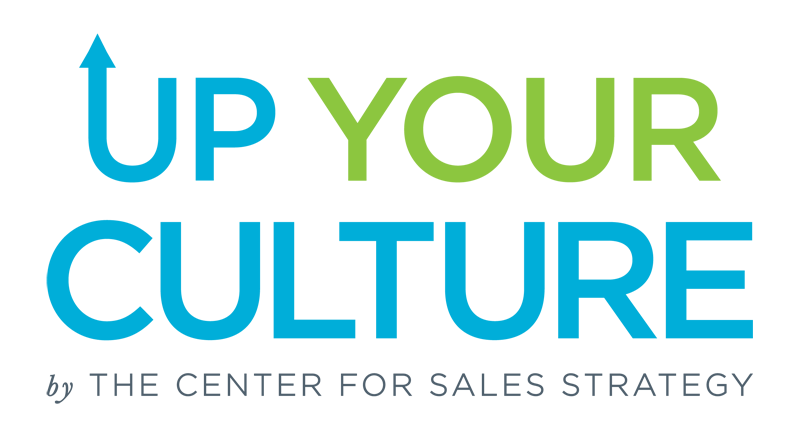
.png)



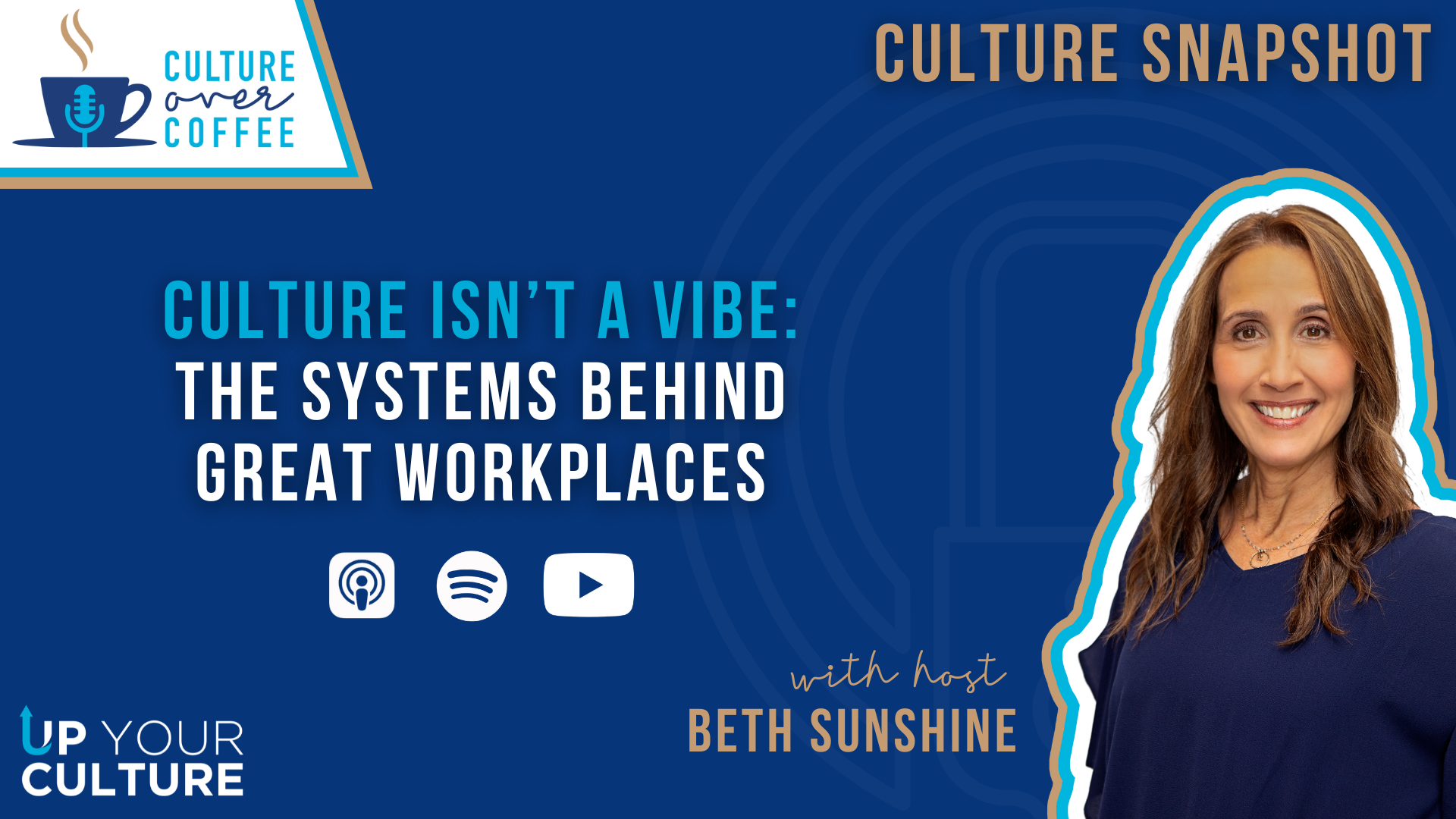
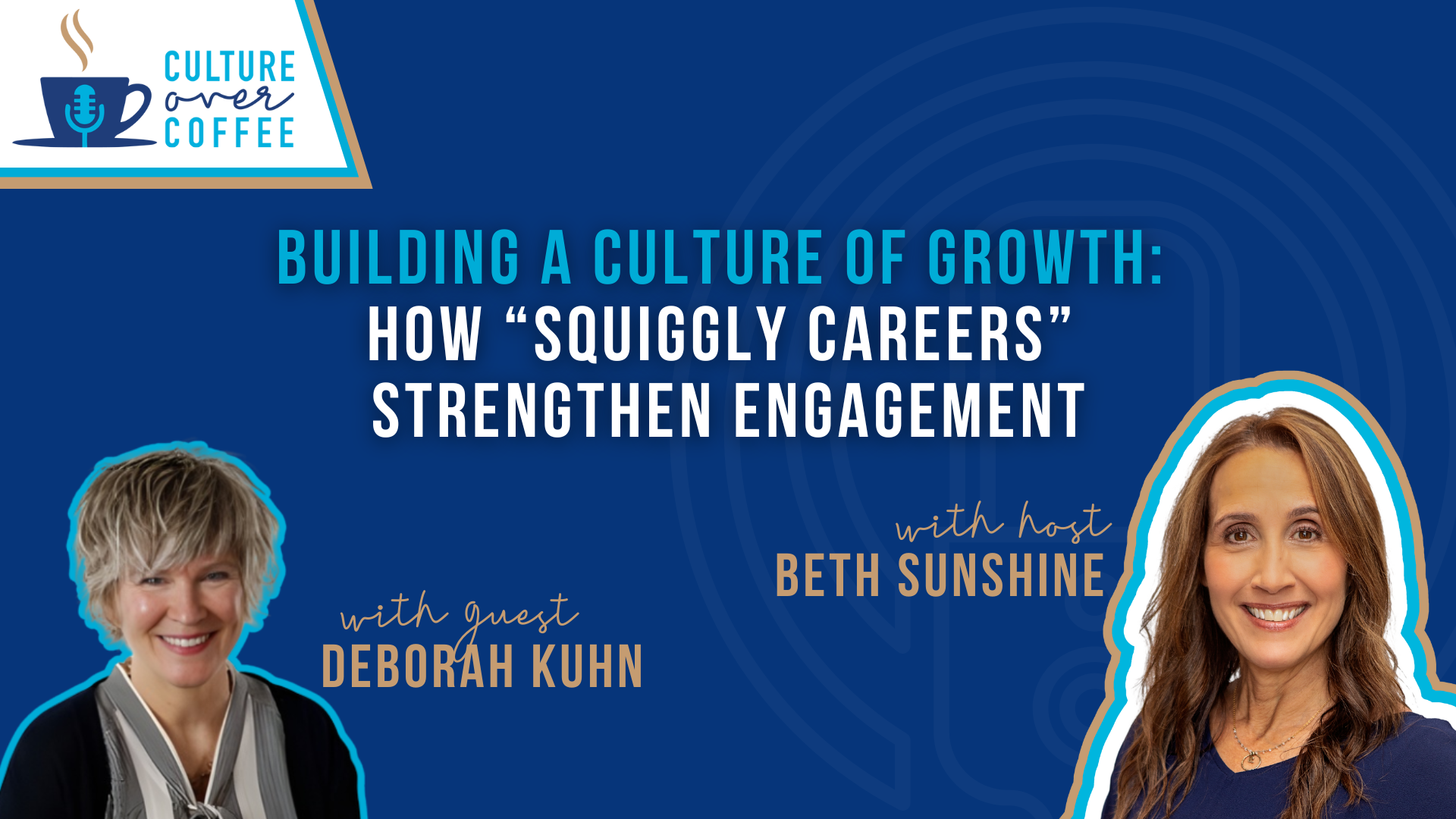
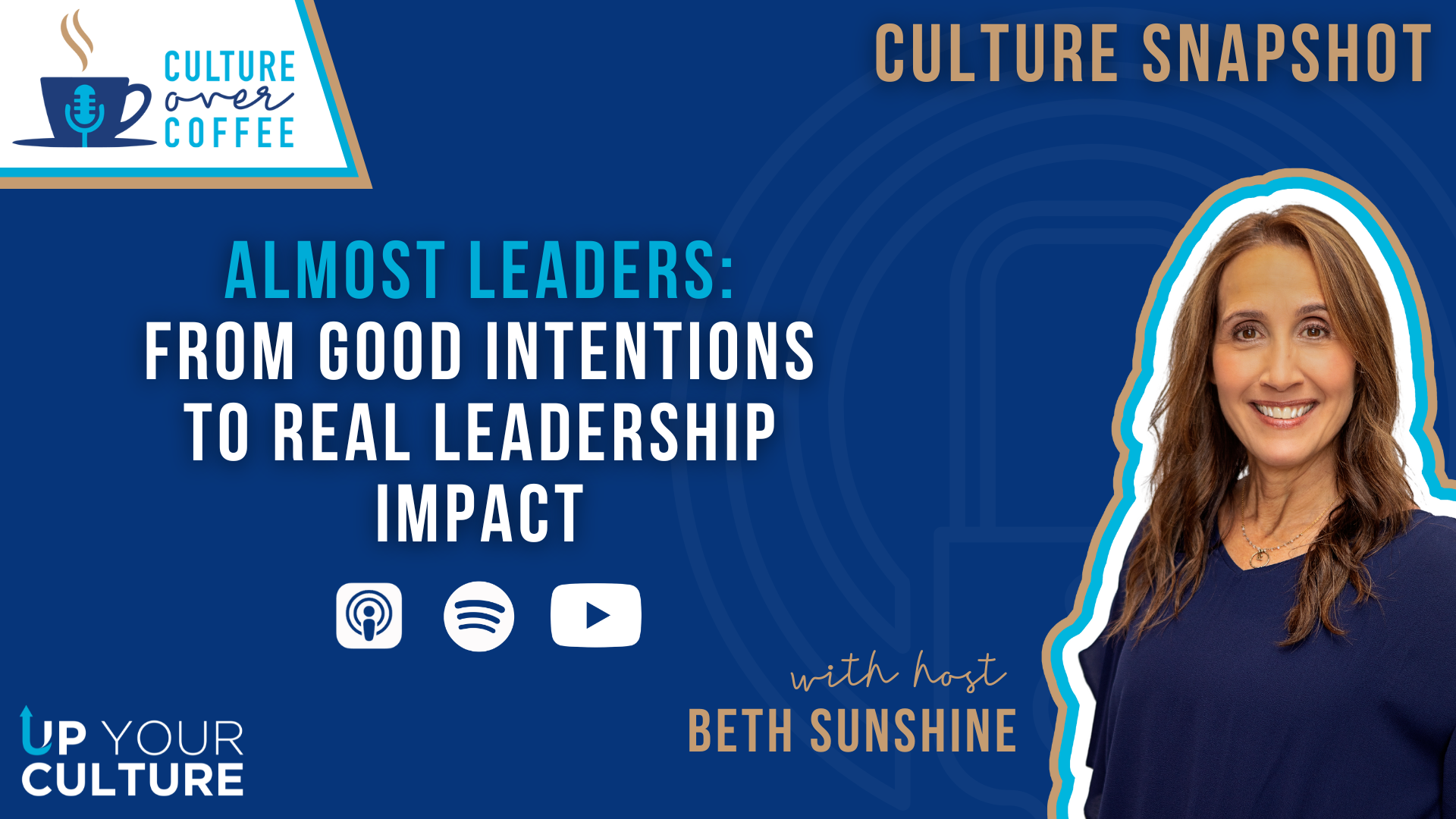
Leave a Comment